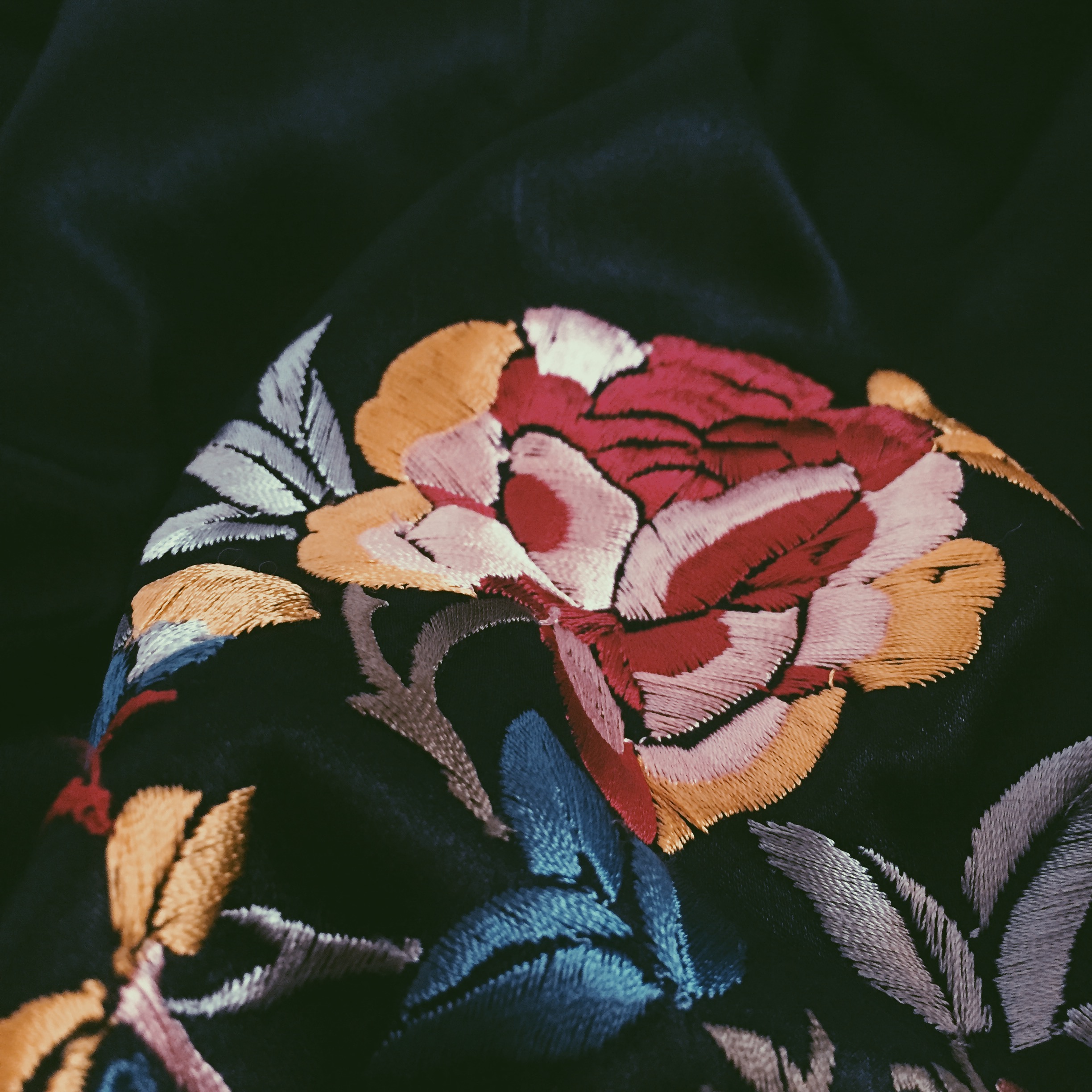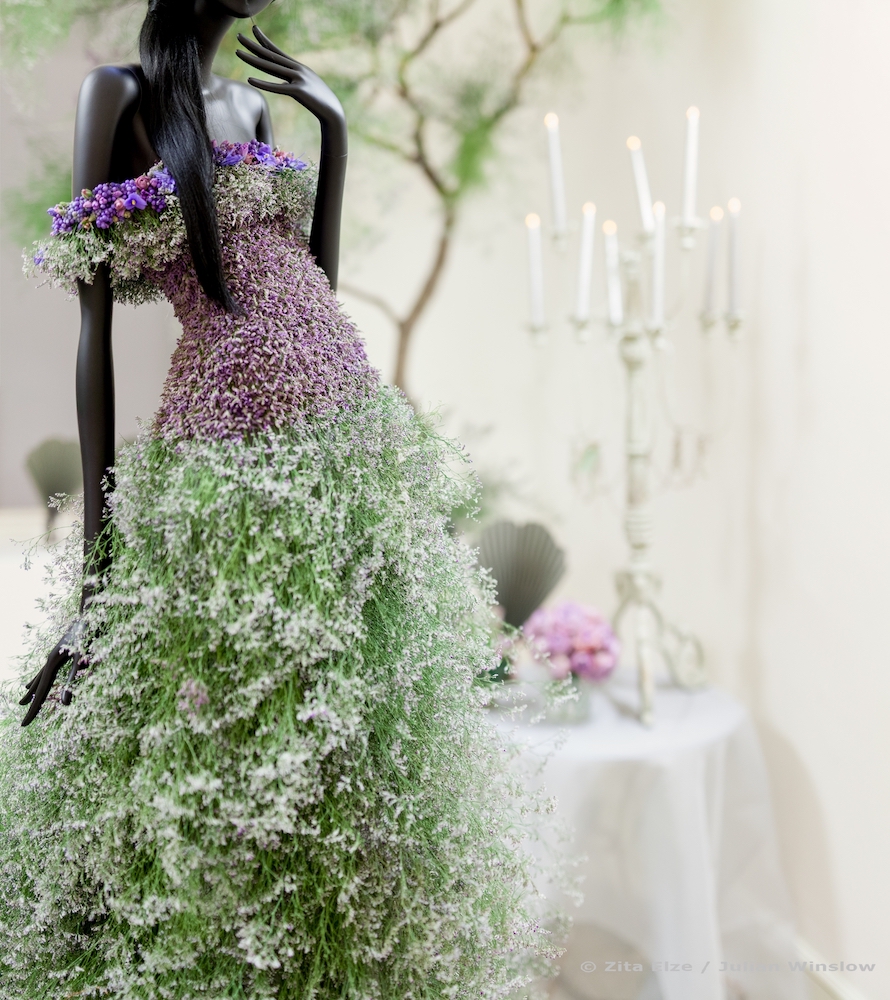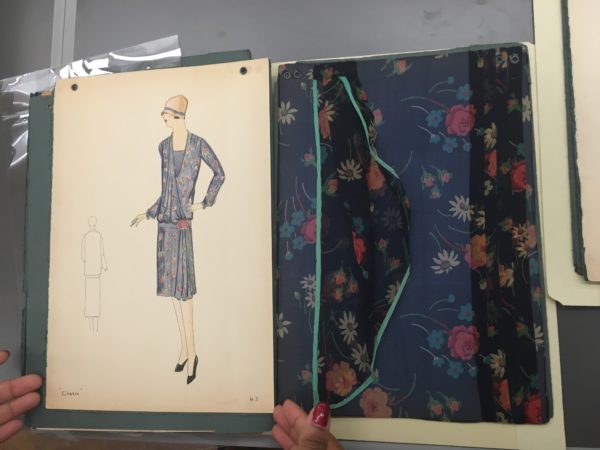Quarantining in your childhood home due to Covid is quite a unique experience. Beginning back in April, my parents and I have been cleaning out closets, cabinets, and drawers all over the house, which has turned into a kind of history lesson on our family. We’ve found old polaroid photos, costume jewelry, silver dollars, and, most exciting for me, clothing that belonged to my grandparents and uncles. I have been lucky enough to uncover some personalized, embroidered bowling shirts my grandfather designed in the 1960s. At first glance, the shirts are certainly retro, almost to the point of gaudy, but from these shirts I’ve learned more about my family history than through old photographs. I sadly never met my grandfather, so to actually hold, and even put on, a shirt my he wore, stains and all, it something quite intimate and special.

My father’s family moved to Minnesota City, Minnesota in 1962, and as can be imagined, there’s not a lot to do in a town with a population of 190. Bowling, I learned, was very important to my uncles and grandfather, as that was about the only thing to do, apart from ice skating. My uncles were all on bowling leagues that competed every week against other local leagues. They wore shirts like the one shown above, so clearly, they bowled in style. Every league was sponsored by a local business who paid for their gear and shirts, and this is where my grandfather comes in. He and my grandmother owned a local tavern called the L-Cove Bar which starting in 1963, sponsored many local leagues.

A family celebration at my family’s tavern, the L-Cove Bar
My grandfather bought the shirts, like the one above, from a large company that sold bowling-gear, called King Louie. The embroidered logo was designed my grandfather and done by one of his regular customers. The logo on the back of the shirt featured classic L-Cove Bar imagery: the signature martini glass, signifying a kind of 1960s elegance, and music notes, connoting their weekly live music performances (mostly by country bands). My grandfather wore this particular shirt often, judging from the light stains on the front and a cigarette burn above the front pocket. A bright yellow shirt that belongs to my uncle shows how bowling shirts evolved later into the late sixties. The L-Cove logo isn’t embroidered into the shirt, but printed. The font is simplified, and the bright yellow reflects the boldness of late sixties, and the quickly approaching 1970s.

I can imagine my grandfather wore this white shirt not only for bowling, but also with a sense of pride. According to my father, he wore personalized bowling shirts while tending bar and around town. The shirts were certainly a kind of advertising for my family’s business, but also so much more than that. My grandfather was the child of Lithuanian immigrants who spoke little English and worked grueling, low-paying jobs in the stockyards of Chicago. For him and his wife, to be able to run their own business was attaining their vision of the American dream. He was deeply involved in his community, as he was the chief of the local volunteer fire department. Judging from the pristine state of the shirt and my father’s memory, he didn’t actually fight too many fires, but wore this shirt to the local bingo night every week.

My grandfather was coincidentally about my size, so I’m able to wear these shirt today. I get a lot of comments on them, mostly from people who are looking to buy high-quality vintage shirts. For me, those shirts are priceless, as they are a connection to my family’s past. My father’s side of the family constantly reminisce about “the bar,” making it seem like a mythical place where the family worked and celebrated together. It has become my family’s pride and joy and the legacy of my grandparents, but unfortunately, my family sold the bar before I was born. When I wear these shirts, I am reminded the hard work that generations of my family put into the country. Although I never went to the L-Cove Bar or met my grandfather, I can feel the generations of stories against my skin. It is certainly a privilege to know your family history, especially in America. Having access to the clothing that loved ones wore is even more of a special privilege. These shirts tell the story of my family, and I’ll treasure them forever.






























